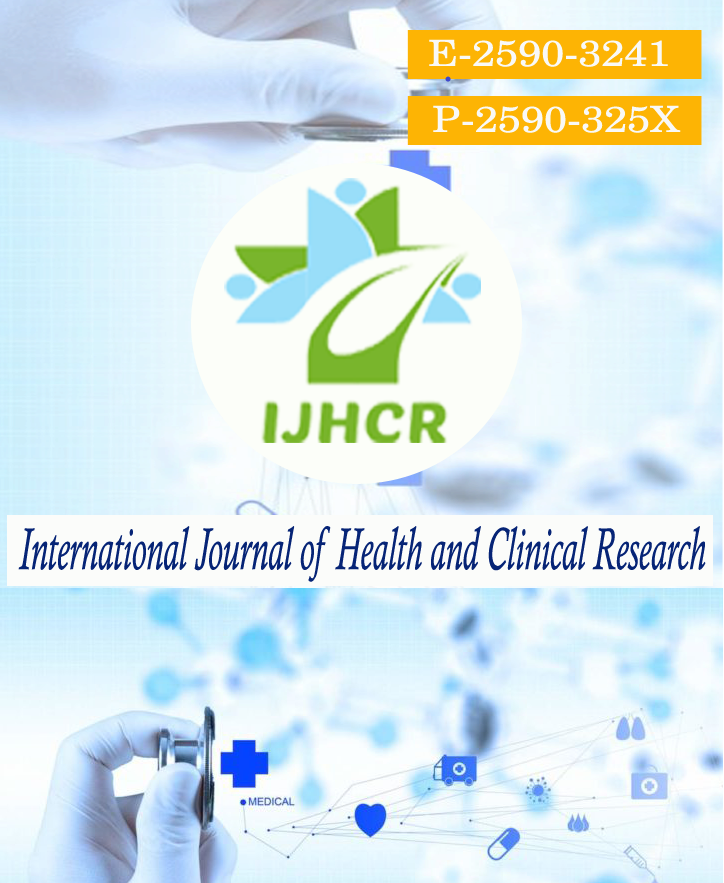Biofilm Production by Various Candida Species Isolated From Various Clinical Specimens
Keywords:
Candida species,Biofilm productionAbstract
Background: Candida is one of the most frequently encountered opportunistic fungi that cause severe infection in humans. Incidence of candidiasis is increasing worldwide. The ability of Candida albicans to form biofilms and adhere to host tissues and biomaterial surfaces is an important factor in its pathogenesis. One of the main characteristics of biofilms is their resistant to broad- spectrum anti-microbial drugs. Biofilm formation can act as a reservoir of agents, allow co-infection with other pathogens. Aim: The aim of the study was to know the biofilm formation by various Candida species isolated from various clinical specimens. Materials and Method: The study was carried out over a period of 1 year from January 2019 to December 2019 at the Department of Microbiology of our institute. A total 100 candida strains were isolated from various clinical specimens. Speciation of candida was done by standard yeast identification protocol and Hichrom Candida agar. Biofilm formation was detected by tube method and microtitre plate method. Results: Out of total 100 candida strains studied, biofilm production was seen in 58/100 (58%) isolates by microtitre plate method. While comparing tube method of biofilm production with microtitre plate method, microtitre plate method detected 5 more biofilm producers than tube method. Conclusion: Candida has certain species which have the capability to produce high grade of biofilm and others which produce low grade of biofilms. We can conclude that microtitre plate assay is seen to be the most sensitive and specific method to detect the biofilm production as compared to tube method.






 All articles published in International Journal of Health and Clinical Research are licensed under a
All articles published in International Journal of Health and Clinical Research are licensed under a 